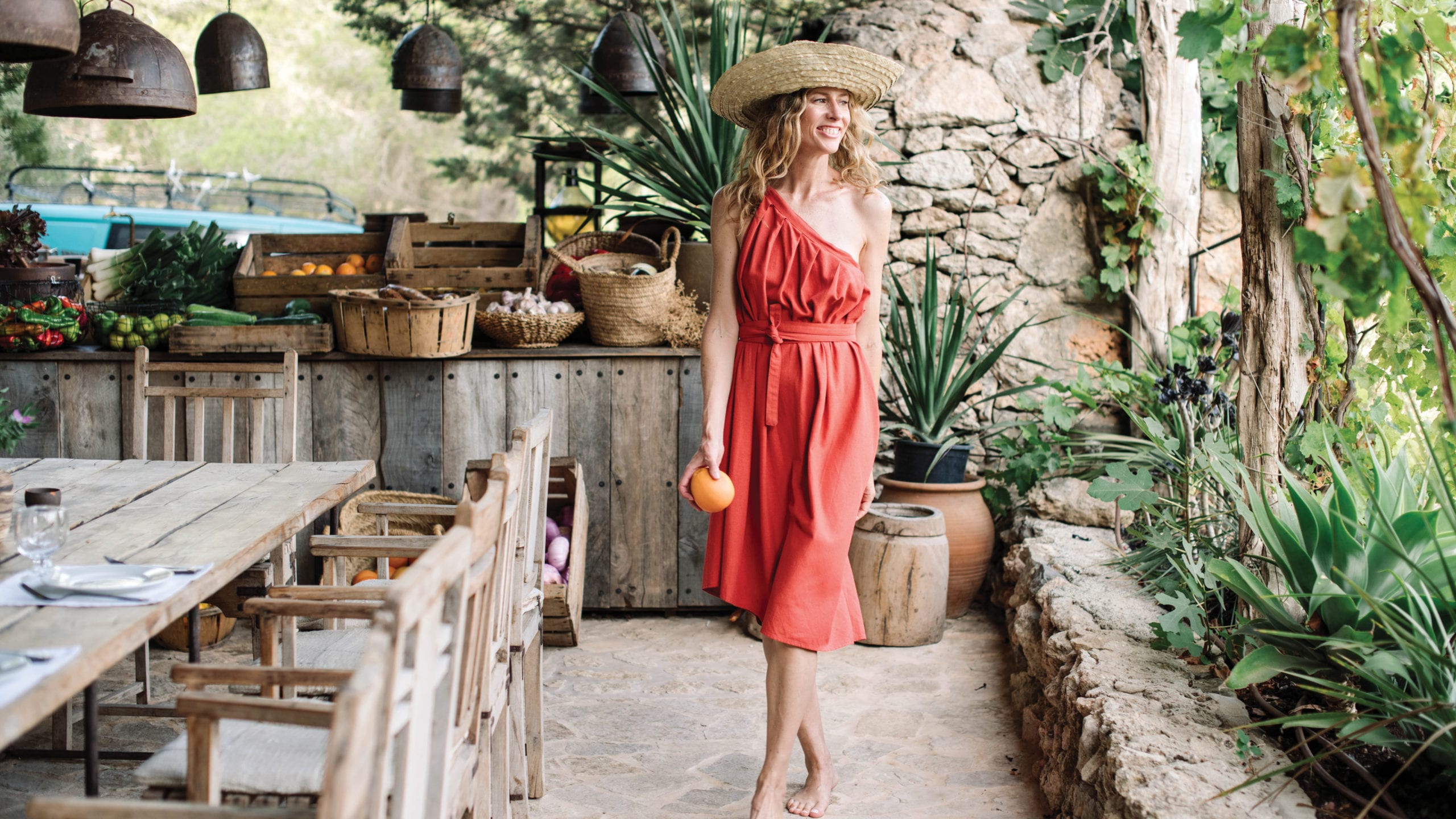Boho-by-birth author Julia Chaplin ’87 offers a guide to post-conventional living
Julia Chaplin ’87 opens her new handbook The Boho Manifesto: An Insider’s Guide to Post-Conventional Living with some important context: “My parents were hippies.” Her father was a journalist and novelist, and the family lived all over the country, as well as in the Bahamas and Mexico, often “commune-style, in big run-down houses,” she writes. “My parents were experimenting with the new age philosophies of their time.”
They may not have been trying to raise a Bohemian, but it worked. Chaplin, who herself became a journalist specializing in travel and fashion, was sent to Williston for the stability it could provide, and she reveled in her new environment. “What was great about Williston was that you could create your own identity,” she explains. “You don’t have the baggage of your family there, you’re living in a dorm, you really are free.” Freedom, traveling the world, and questioning convention would continue to inspire Chaplin, who after attending Hampshire and Mills Colleges would work as a journalist (Condé Nast Traveler, ELLE, The New York Times) and author a series of coffee table books on what she termed “the gypset”—a portmanteau of gypsy jet-setters.
Her Boho Manifesto, published last June (Artisan Books), employs a magazine-like mix of charts, annotated portraits of stereotypical Bohemians, listy sidebars, and explanatory personal essays to offer Chaplin’s insider insights (leavened with gentle satire) into what she sees as an increasingly mainstream social trend—the boho-ification of contemporary culture. Who today doesn’t recognize such types as the Self-help Socialite (“Carries jar of natural narcotic honey that her friend brought back from Nepal”), the Modern Shaman (“Hands out feathers as business cards”), or the Fermentation Goddess (“Brews her own PMS remedies”)?
Indeed, Chaplin, who lives with her daughter in Brooklyn, New York, sees elements of the Bohemian trend all around us. “Within the liberal mainstream, the Bohemian movement is a dominant subculture right now,” she says. “If you look at the spread of yoga, mindfulness, meditation, every mall has a yoga class now. Everyone’s wearing Lululemon and shopping at Whole Foods. These are very mainstream concepts.”
The Boho Manifesto purposefully echoes the structure and tone of Lisa Birnbach’s classic Official Preppy Handbook, and with good reason. Chaplin sees today’s post-conventional Bohemian culture as a reaction to the preppy culture of her teenage years, that world of pastels, conformity, and old money she celebrated as a student at Williston by hanging the iconic “Are You a Preppette?” poster on her dorm wall. As alternative thinkers like her parents came of age, “there was a questioning of those values. And so did I. And slowly, generationally, it turns into something more Bohemian. Contemporary bohemianism is basically the maturation of what preppy was in the eighties.” Chaplin was initially concerned that her Bohemian friends might not appreciate her tongue-in-cheek tone, “but actually they really liked it,” she reports. On the book tour—which, understandably, stops only at islands and beaches—“it has been very well accepted in the Bohemian circles.”

